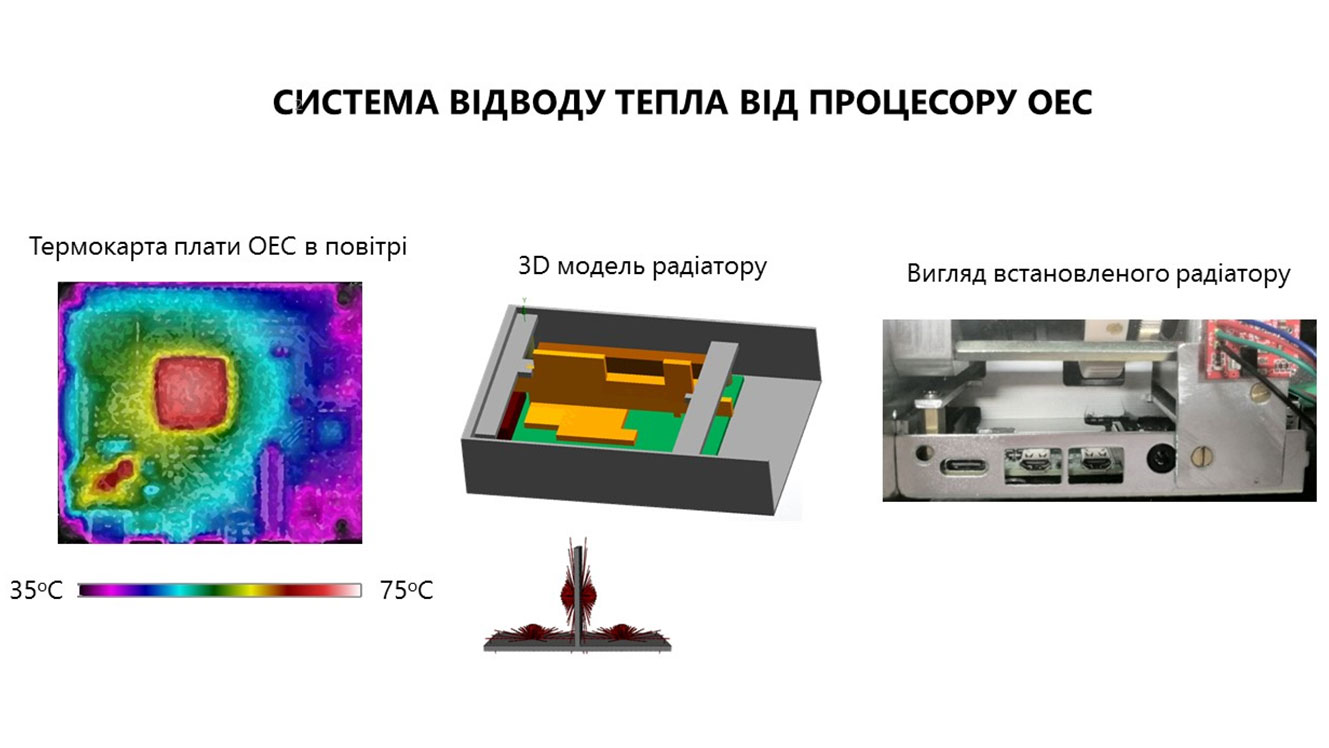Improvement of the electronic platform and testing of the flight model of the university nanosatellite PolyITAN-3-PUT format Cubesat for the search for natural resources of the Earth
The work is aimed on the improvement and testing of the subsystems of the university nanosatellite (NS) of Cubesat format through the development, modeling and research of service subsystems to ensure the payload - an optical-electronic scanner with the ability to image the Earth's surface in the visible light range with the resolution of 15m to 30m when operating in orbit with an altitude from 400 km to 700 km, by the efforts of students, master's students, post-graduate students and research staff of Igor Sikorsky Kyiv polytechnic institute.
In the context of the work, the following main results have been obtained:
- a coupling hardware and software interface between C-band receiver-transmitter developed by Poznań University of Technology (Poland) and electronic processor of the nanosatellite has been developed, which demonstrates a successful international scientific cooperation.
- a mathematical model was created for integrating the trajectory of the NS using GPS/GALILEO coordinates, which made it possible to develop a maneuver to guide the NS’s optical electronic system at the imaging point on the level of world analogues;
- the hardware-software complex of the optical-electronic system of the NS was developed and implemented using a processor with power consumption of less than seven watts, which is on par with the latest world technologies. The time to enter the operating mode is no more than 180 s, the frame capture rate is no less than 1 frame/s, the estimated resolution of the image at an altitude of 400 km is no worse than 34 m per pixel.
- The design of solar batteries with photocells based on gallium arsenide layers has been improved be means of optimization of the connection of photocells and board layout, which made it possible to reduce energy loss and improve satellite orientation. The manufacturing and installation of solar panels was carried out. The measured efficiency was more than 30.7% (while planned - 27%).
- a model of the thermal state of the NS has been developed, which demonstrates the cyclic heating and cooling of the external elements of the NS from minus 30°C to plus 50°C; at the same time, the temperature regime of the activated systems inside the NS varies from 0°C to 90°C. The thermal model is confirmed by the results of thermal vacuum tests, which showed a difference within ±10%.

| Attachment | Size |
|---|---|
| 272.65 KB |




